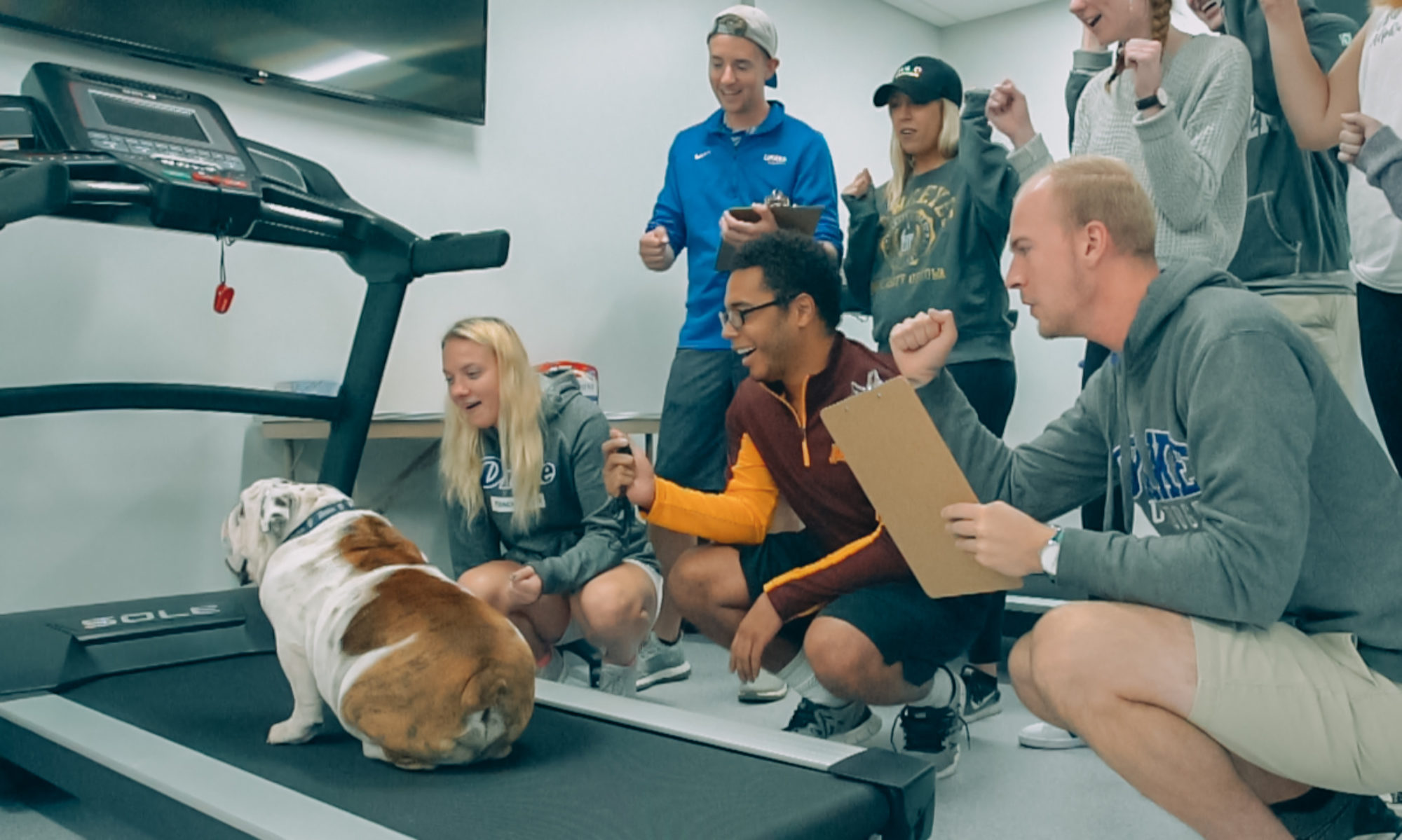Author: Hytrina Wang
Introduction
Have you been worried about the potential stress of being a
new mom? Postpartum depression, a severe mental disorder for a new mother has
been well studied. Nowadays, postpartum depression has 5% -60.8% prevalence
worldwide. Due to the different prevalence rates, many kinds of research have
been conducted to study this particular type of depression. Scientists have
already listed several risk factors, such as sleeping quality, social support,
and age when giving birth. Preventive and interventional medicine focused on
exercise therapy has gained great improvement for postpartum depression.
Depression mechanism
How does the postpartum depression form? From the
physiological level, postpartum depression is mostly caused by the decreasing
activity of the serotonergic neuron. Serotonin, which is also called 5-HT is a
type of neurotransmitter which implicates a person’s happiness, cognition, and
well-being. The neurotransmitter is important molecules for the neuron to
decide which type of activity to generate, which directly determines how a
person will feel mentally. The serotonergic neuron is responsible for
synthesizing and releasing serotonin, so a decrease of activity in those
neurons will cause the inability to feel happy, which is the main contributor
to depression.
Intervention exercise therapy
A study to measure the effects of the study was conducted on
rats which can be easier to monitor the mechanism of postpartum depression. In
the clinical trial, researchers found by giving treadmill exercise to rats,
they expressed less anxiety in behavioral tests and also a higher level of
serotonin and Tryptophan hydroxylase activity in the neuron. Tryptophan hydroxylase
helps generate 5-HT inside serotonergic neurons. Treadmill exercise helps the
neurons in rats to generate more helpful serotonin and increase the activity of
tryptophan hydroxylase. These two
factors indicate the severity of depression for new mother rats has been
decreased. The experiment also saw a positive result from the mice behavior
test. Due to the nature of rodents, they tend to move at the corner or edge of
the box when they are stressed. After the treadmill exercise for rats during
postpartum, they spent more time in the center of the box, which indicates the
decrease of stress (Ji, 2017).
Put the experiment in humans. Most of the results from
publications are based on a questionnaire from participants, which directly
illustrates the mental status before and after the exercise therapy. In the
meta-analysis of exercise intervention for postpartum for published studies
from January 1990 to May 2016, researchers analyze the women’s symptoms before
and after exercise intervention through randomized controlled trials. They
found 67% of mothers meet the criteria of depression symptoms reported a
positive effect of regular exercise through a questionnaire; while 29% of
mothers without postnatal depression reported they felt happier after exercise.
From the result, we can see physical exercise during the pregnancy period and
the postpartum period is a safe strategy to reduce depression symptoms and
promote better psychological conditions (Poyatos‐León et al, 2017).
What is the best way to conduct the exercise to reduce
depression? One research finds gymnastic aerobic exercise in moderate-intensity
can alleviate the postpartum symptoms including fatigue and sleeping disorder.
Researchers experimented on 140 postnatal women by engaging in aerobic gymnastic
exercise three 15 min sessions a week for three months using the compact disc
in the home. The experiment group reports a significant decrease of fatigue and
stress, and improvement of sleeping quality from 4-weeks of exercise and the
benefits of gymnastic exercise can extend for 12 weeks posttests. Even after 12
weeks, the depression symptoms were not as severe as the control group. (Yang
et al, 2017).
Prevention exercise therapy
However, in one prevention experiment, researchers found no
correlation between physical exercise and a decrease in occurrence after birth.
Researchers use the longitudinal method which follow-ups a total of 639
participants for postpartum depression that occurs after regular exercise
during pregnancy. Women were asked to have a 16-week exercise program including
aerobic and resistance training in 60-minute sessions 3 times per week. The
moderate aerobic exercise didn’t prevent postnatal depression. The conclusion
from that experiment is low compliance of protocol may underestimate the
benefits of exercise (Coll et al, 2019).
Suggestion
Take home message will be to prevent the postpartum
depression, women should conduct regular aerobic exercise daily during
pregnancy. To guarantee the maximum benefits from exercise, women maybe train
with a professional coach or therapist to make sure they have high physical
compliance with protocols. For those who have already developed postpartum
depression, they should perform moderate aerobic exercise in a gymnastic
setting for one hour per session around three times a week. Performing
gymnastic exercise at home may be a better option for a new mother to spend
more time with the baby. To improve the compliance of exercise, I will
recommend follow professional training videos or consider home-therapist if the
economic status is allowed. A supplement like 5-HT or tryptophan hydroxylase
will be helpful to decrease the depression symptoms.
Keywords: postpartum
depression; exercise intervention; depression prevention; serotonin
Reference:
Ji ES, Lee JM, Kim TW, Kim YM, Kim YS, Kim KJ. Treadmill
Exercise Ameliorates Depressive Symptoms through Increasing Serotonin Expression
in Postpartum Depression Rats. J Exer Rehabil 2017;13:130-135.doi:10.12965/jer.1734968.484.
Coll CVN,
Domingues MR, Stein A, da Silva BGC, Bassani DG, Hartwig FP, da Silva ICM, da Silveira MF, da Silva SG, Bertoldi AD. Efficacy of Regular
Exercise During Pregnancy on the Prevention of Postpartum Depression. JAMA,
vol. 2, no. 1, Apr. 2019, doi:10.1001/jamanetworkopen.2018.6861.
Raquel PL,
Antonio GH, Gema SM, Celia ÁB, Iván CR. Effects of Exercise-Based Interventions
on Postpartum Depression: A Meta-Analysis of Randomized
Controlled Trials. Birth, vol. 44, no. 3, June 2017, pp. 200–208.,
doi:10.1111/birt.12294.
Yang CL, Chen
CH. Effectiveness of Aerobic Gymnastic Exercise on Stress, Fatigue, and Sleep Quality during Postpartum: A Pilot Randomized Controlled
Trial. International Journal of
Nursing Studies,
vol. 77, 2018, pp. 1–7., doi:10.1016/j.ijnurstu.2017.09.009.
